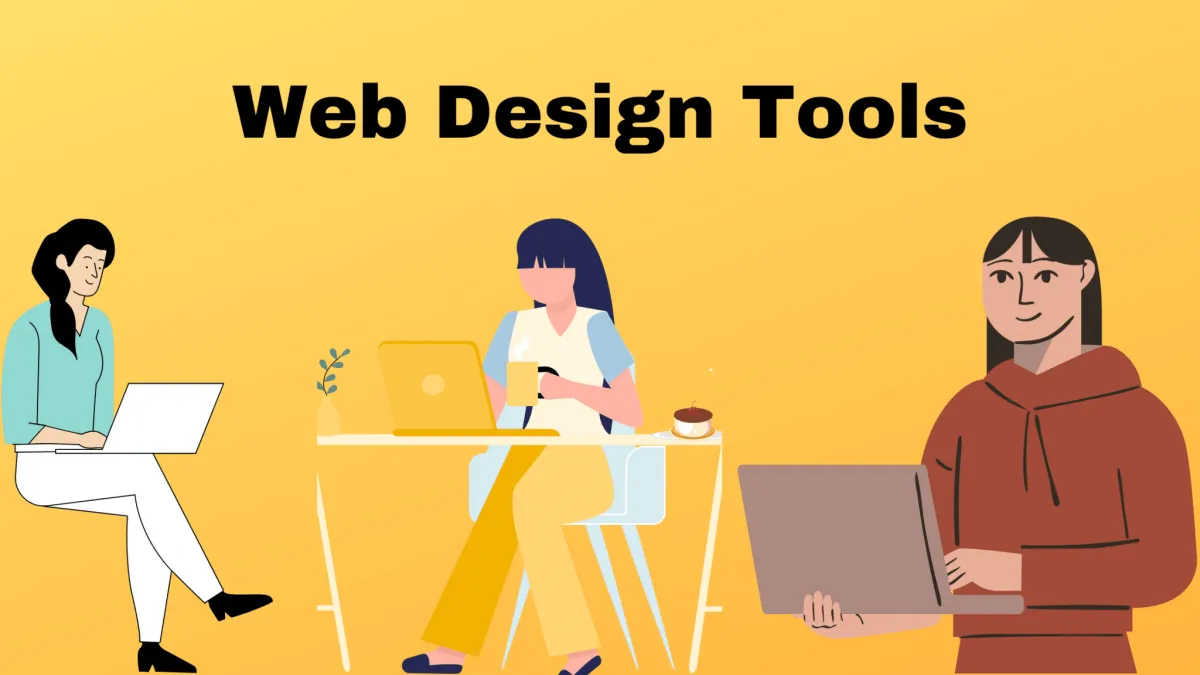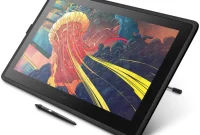Discover the latest and most innovative design tools that are set to revolutionize the creative industry in 2024. From cutting-edge software to advanced gadgets, these top 10 professional design tools will enhance your workflow and take your designs to the next level.
Adobe XD

Adobe XD is an industry-standard UI and UX design platform that offers a comprehensive set of tools for crafting websites, mobile apps, and other digital experiences. Its intuitive interface and powerful features make it a popular choice for both individual designers and large teams.
Key Features:
- Vector-based design tools: Create precise and scalable designs with ease.
- Prototyping and animation: Bring your designs to life with interactive prototypes and animations.
- Collaboration features: Work seamlessly with team members in real-time.
- Extensive plugin library: Extend XD’s functionality with a wide range of plugins.
- Seamless integration with other Adobe products: Easily import and export assets from other Adobe Creative Cloud applications.
Pros:
- User-friendly interface
- Powerful prototyping capabilities
- Strong collaboration features
- Excellent integration with the Adobe ecosystem
Cons:
- Can be expensive for individual users
- Limited drawing and illustration tools compared to dedicated software
Figma
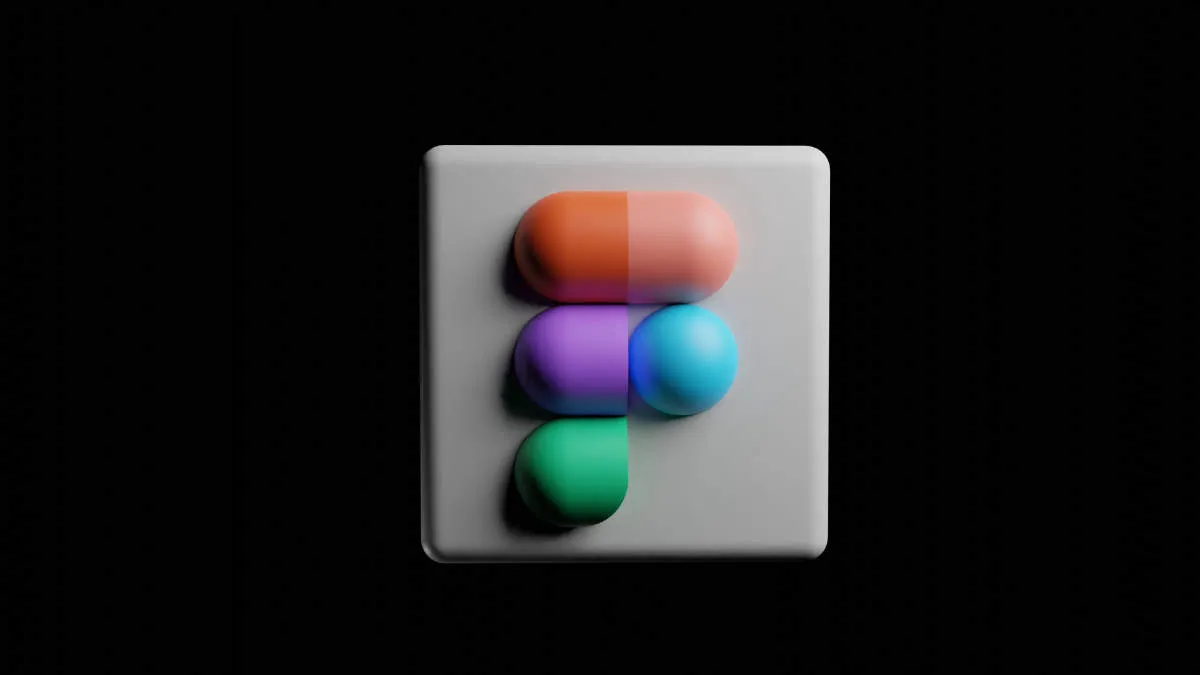
Figma has rapidly become a powerhouse in the design world, renowned for its collaborative capabilities and versatile interface.
Key Features:
- Real-Time Collaboration: Multiple designers can work on the same file simultaneously, making it ideal for teams.
- Web-Based Platform: Accessible from any device with a browser, eliminating compatibility issues.
- Vector Editing: Create high-quality, scalable graphics for web and print.
- Prototyping: Build interactive prototypes to test and showcase design functionality.
- Design Systems: Maintain consistency across projects with shared libraries of design elements.
Pros:
- Exceptional collaboration features streamline teamwork.
- Intuitive interface suitable for beginners and experienced designers alike.
- Vast plugin library extends functionality.
Cons:
- Limited offline functionality due to its web-based nature.
- Large projects can sometimes experience performance lags.
Ideal For: Teams prioritizing real-time collaboration, UI/UX design, web design, and prototyping.
Sketch

Sketch has long been a favorite among UI/UX designers for its intuitive interface, powerful vector editing capabilities, and collaborative features. While it’s only available on macOS, its features and smooth workflow make it a compelling choice for web and app design.
Key Features:
- Vector-based design for scalable graphics
- Symbols and libraries for reusable design elements
- Prototyping and animation tools for interactive mockups
- Plugins and integrations for extended functionality
- Collaboration features for team projects
Who it’s for: UI/UX designers who primarily work on Apple devices and value a streamlined design experience, particularly for web and mobile app projects.
CorelDRAW
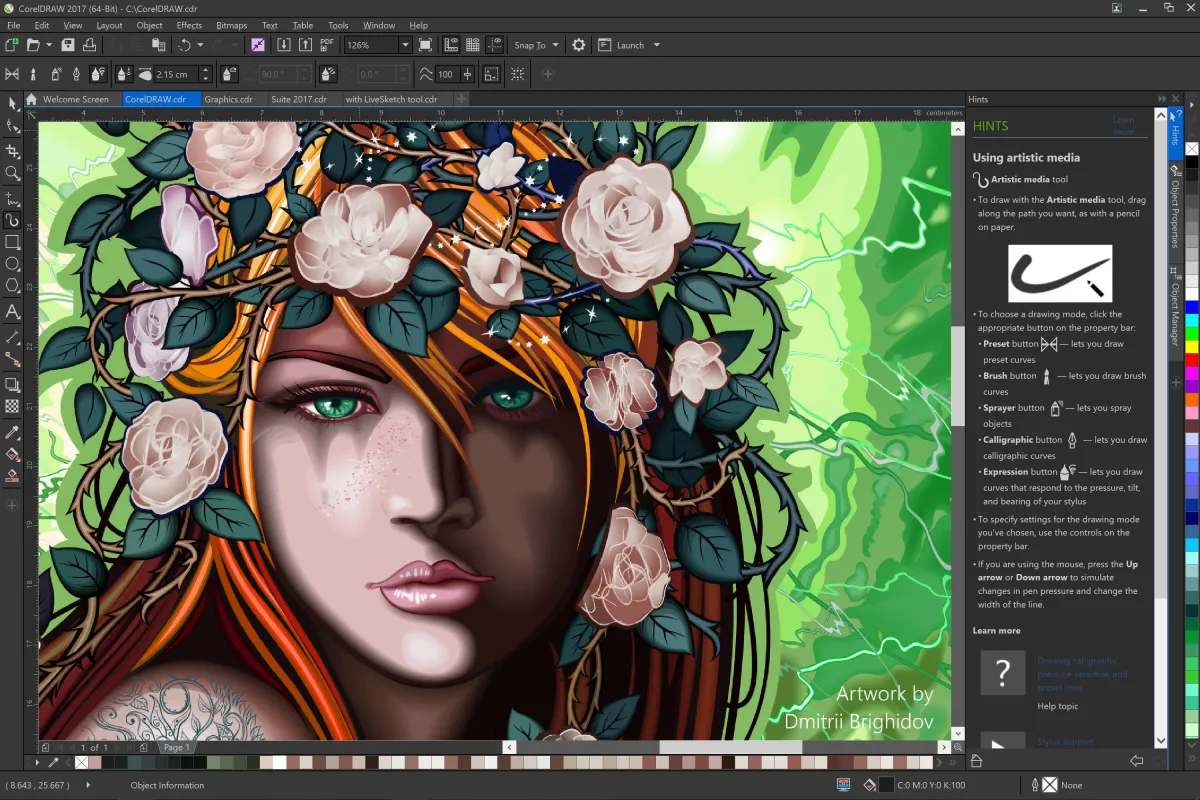
A veteran in the design world, CorelDRAW continues to be a favorite among professionals for its comprehensive vector illustration tools and page layout capabilities.
Here’s why it stands out:
- Precision Illustration: CorelDRAW excels at creating crisp, scalable vector graphics, making it ideal for logos, illustrations, and technical drawings.
- Versatile Page Layout: Design brochures, magazines, and marketing materials with its robust layout features, including grids, guides, and typography controls.
- Industry-Standard Compatibility: Work seamlessly across various file formats, ensuring smooth collaboration with clients and colleagues.
- Diverse Toolset: From drawing tools and color management options to photo editing capabilities, CorelDRAW offers a wide array of functionalities to bring your creative visions to life.
Who should consider CorelDRAW:
Graphic designers, illustrators, and businesses looking for a powerful and versatile design solution for print and digital media.
Affinity Designer
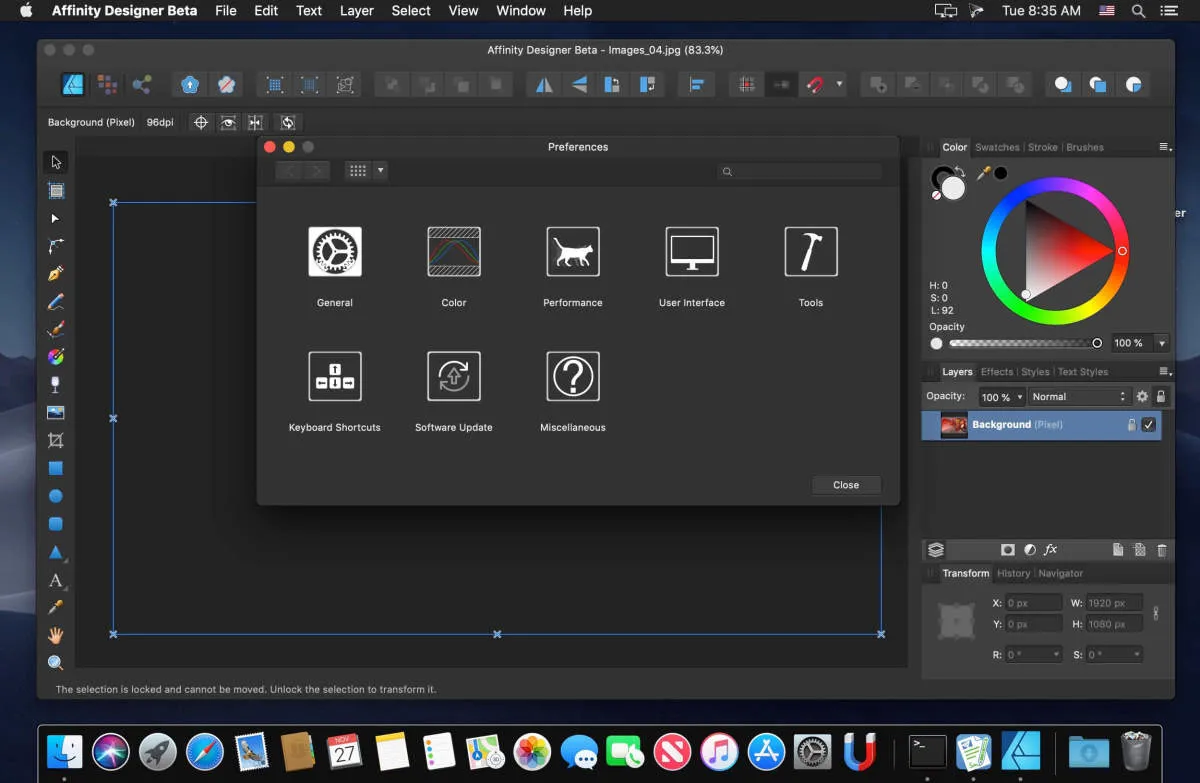
Affinity Designer is a powerful, vector-based design software that has been making waves as a serious contender to Adobe Illustrator. Available on macOS, Windows, and iPad, its cross-platform compatibility is a huge draw for designers seeking flexibility.
Key Features:
- Intuitive Vector Editing: Create precise and scalable graphics with a comprehensive set of vector tools.
- Pixel Persona: Seamlessly switch between vector and raster workspaces within the same document.
- Professional Color Management: Ensure color accuracy across different devices and mediums.
- Performance and Speed: Experience a smooth and lag-free workflow, even with complex designs.
- Affordable Pricing: Affinity Designer offers a one-time purchase option, making it a budget-friendly choice.
Who is Affinity Designer for?
Affinity Designer is ideal for graphic designers, illustrators, web designers, and anyone who needs to create high-quality vector graphics for print, web, or digital media. Its affordability, combined with professional-grade features, makes it a compelling option for both individuals and teams.
InVision Studio
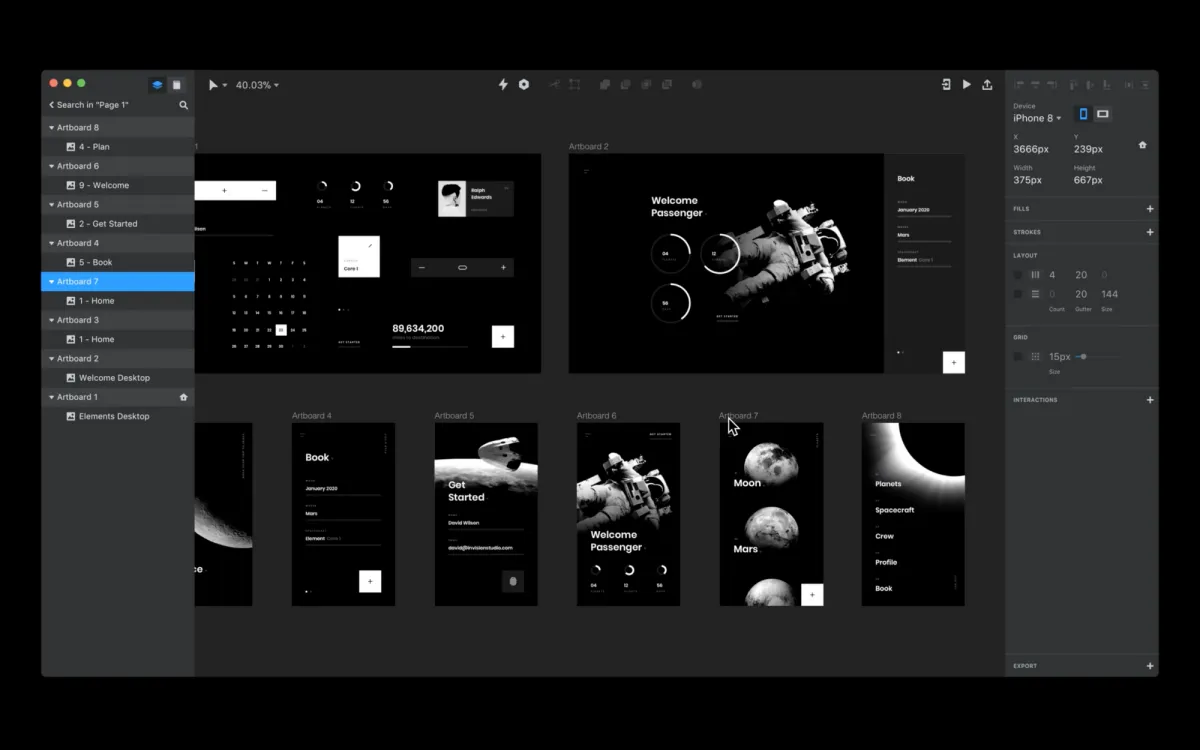
InVision Studio is a powerful screen design tool geared towards creating interactive and animated prototypes for websites and mobile apps. It goes beyond static designs, allowing you to build rich user flows and test out interactions before moving into development.
Key Features of InVision Studio:
- Vector-based design: Create scalable and crisp designs for various screen sizes.
- Advanced prototyping: Build realistic prototypes with micro-interactions, transitions, and animations.
- Responsive design: Design across multiple screen sizes with responsive layout features.
- Collaboration and handoff: Work seamlessly with your team, gather feedback, and handoff designs with specifications for developers.
- Integration with InVision ecosystem: Connect seamlessly with other InVision tools like Freehand for collaborative whiteboarding and Cloud for design system management.
InVision Studio is a good option for designers who want to create high-fidelity prototypes and bring their design ideas to life with animation and interactivity. Its strong collaboration features make it well-suited for teams working together on digital product design.
Gravit Designer
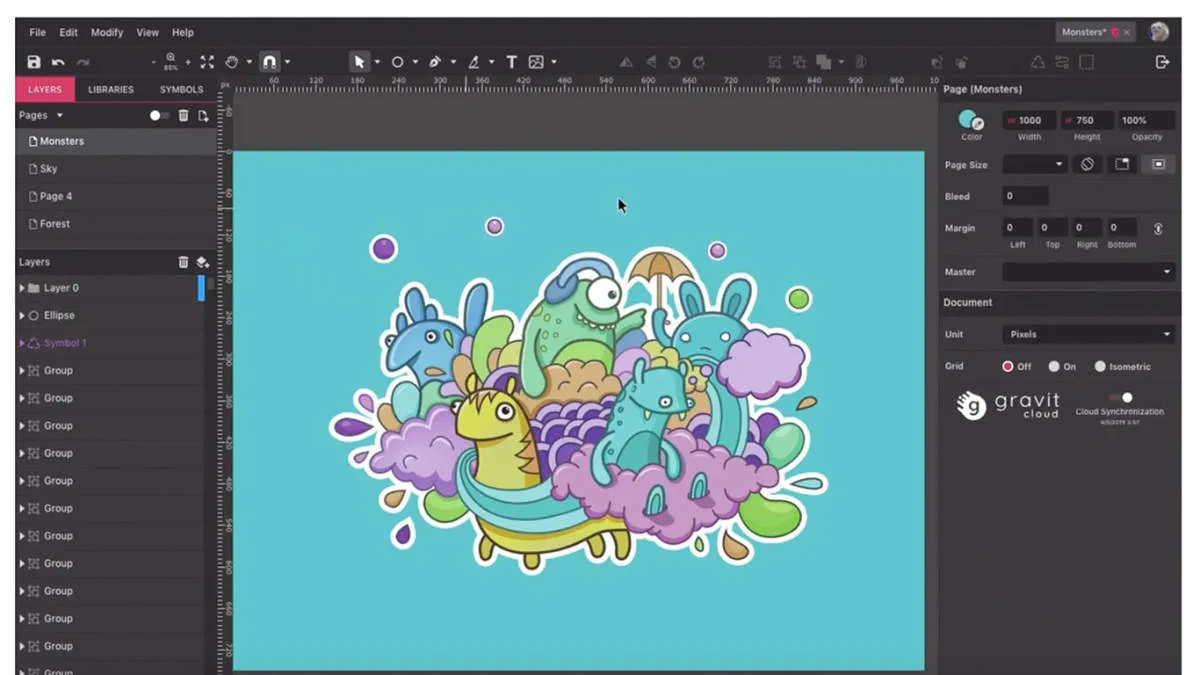
Gravit Designer is a powerful, free design tool that’s available both as a desktop application and directly in your browser. This flexibility makes it a great choice for individuals and teams, allowing you to work seamlessly across devices.
Key Features:
- Vector Editing: Gravit Designer is built for vector editing, enabling you to create scalable designs perfect for logos, icons, and more.
- Cross-Platform Compatibility: Work seamlessly on Windows, macOS, Linux, ChromeOS, and even directly in your web browser.
- Intuitive Interface: Whether you’re a beginner or a seasoned pro, you’ll appreciate Gravit Designer’s user-friendly interface.
- Collaboration Features: Gravit Designer offers real-time collaboration features, making it easy to work with others on design projects.
- Versatility: From web and app design to illustrations, logos, and social media graphics, Gravit Designer can handle a wide range of design tasks.
Vectr
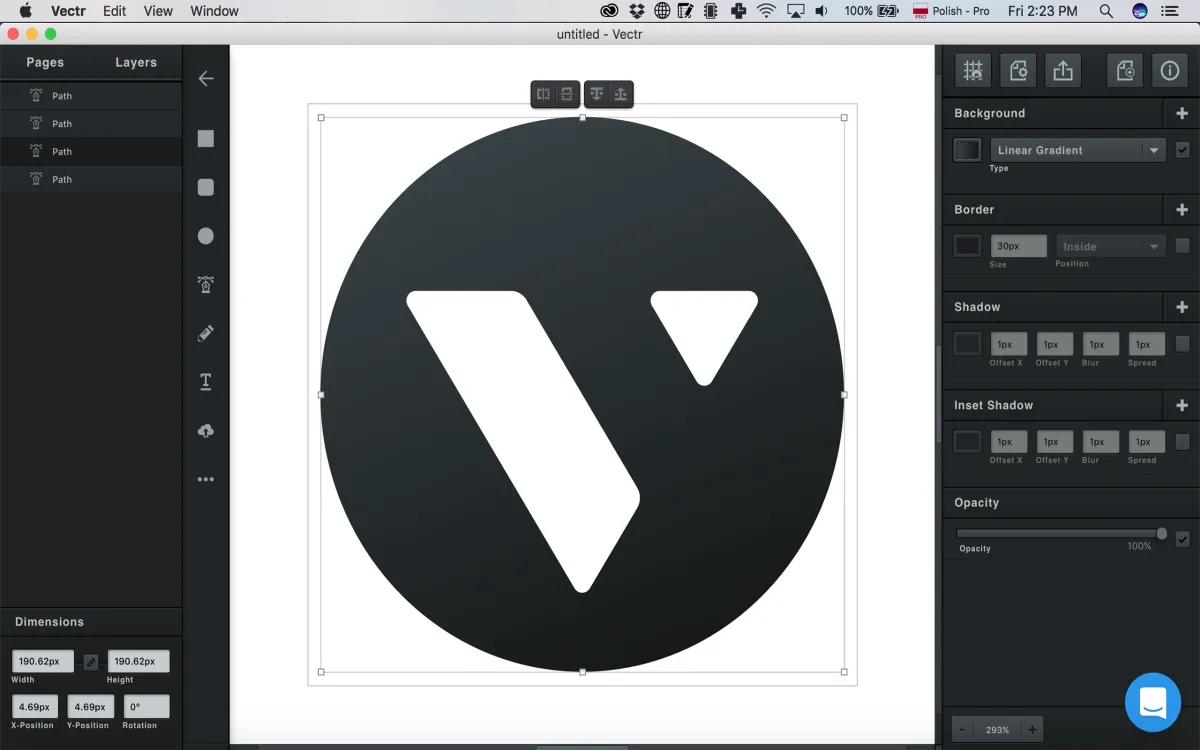
Vectr is a free, web-based vector graphics editor that’s great for creating logos, illustrations, and other design work. It’s relatively easy to use, even if you’re new to vector graphics editing, and it has a wide range of features to help you create professional-looking designs.
One of the best things about Vectr is that it’s collaborative, so you can work on designs with others in real time. This makes it a great option for teams or for projects where you need to get feedback from clients or colleagues.
Vectr also offers a number of resources to help you learn how to use the software, including tutorials, blog posts, and a forum where you can ask questions and get help from other users.
Key Features:
- Free to use
- Web-based and downloadable desktop app
- Real-time collaboration
- Wide range of tools and features
- User-friendly interface
Canva
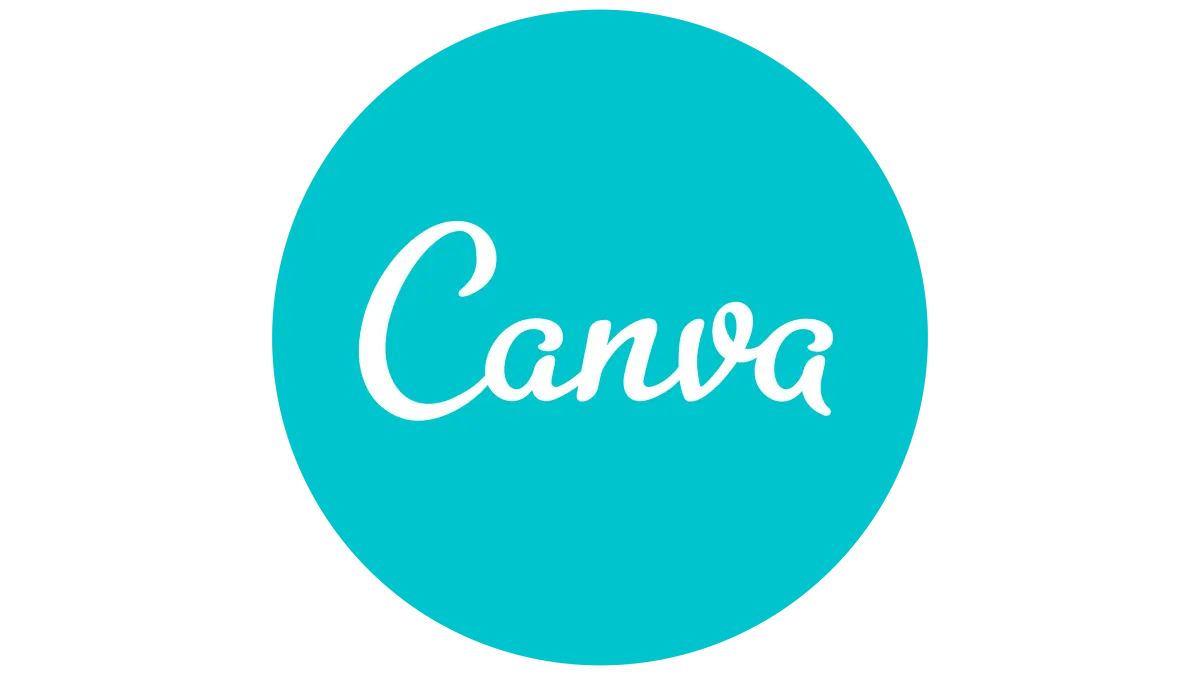
Canva is a popular online design platform that offers a wide range of tools and features for creating professional-looking designs. It is known for its user-friendly interface and extensive library of templates, making it an excellent option for both beginners and experienced designers.
Key Features of Canva:
- Drag-and-drop editor
- Thousands of customizable templates
- Vast library of stock photos, illustrations, and icons
- Collaboration tools for team projects
- Social media scheduling and integration
Pros:
- Easy to use, even for design novices
- Affordable pricing plans
- Wide variety of templates for different design needs
- Constantly updated with new features and content
Cons:
- Limited customization options compared to more advanced software
- Can be slow at times, especially with large designs
- Reliance on templates might limit creativity for some users
Best for: Individuals and businesses looking for an easy-to-use design tool with a wide range of templates and affordable pricing.
Lucidpress
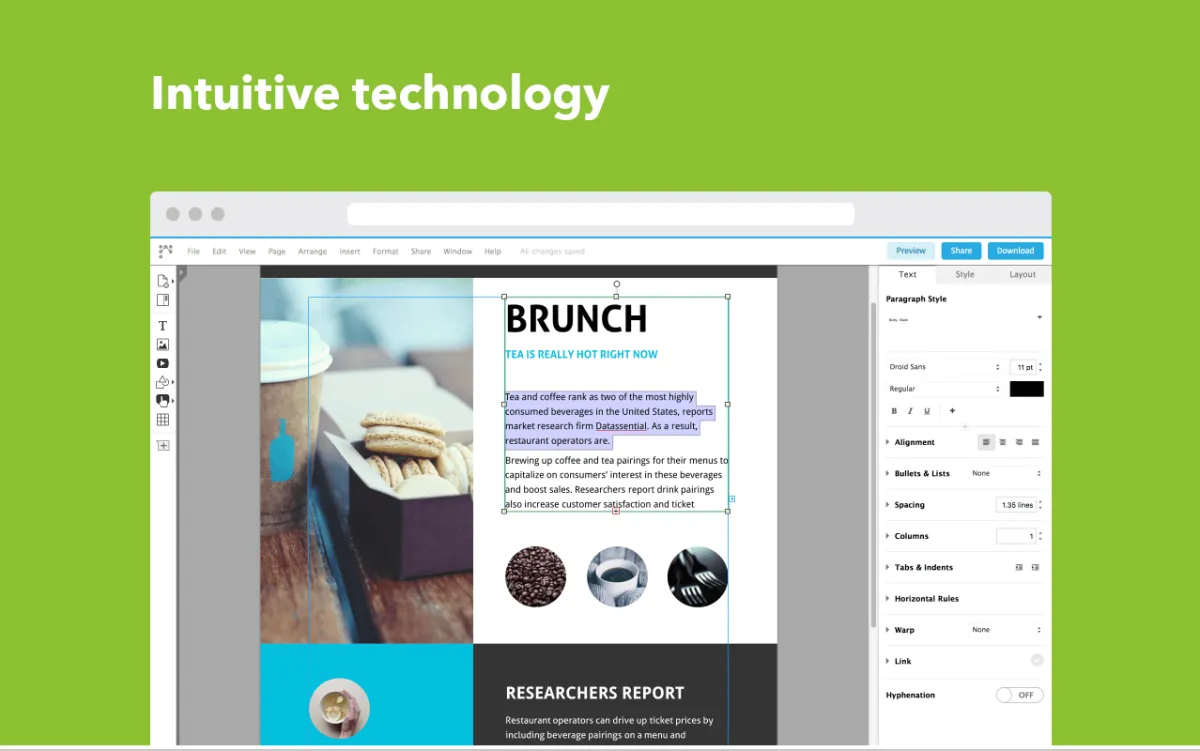
Lucidpress is a web-based design and publishing platform that empowers anyone to create professional-looking visuals. From brochures and flyers to social media graphics and reports, Lucidpress offers a user-friendly interface and a wide range of templates to simplify the design process.
Key Features of Lucidpress:
- Intuitive drag-and-drop editor
- Extensive library of templates, images, and icons
- Collaboration features for team projects
- Brand asset management tools
- Integration with popular platforms like Google Drive and Slack
Who Should Consider Lucidpress?
Lucidpress is an excellent option for:
- Small businesses and startups with limited design budgets
- Marketing and sales teams creating promotional materials
- Educators and students designing presentations and reports
- Non-profit organizations producing visually appealing content
Conclusion
As we look ahead to 2024, the top 10 professional design tools offer innovative features and functionality to streamline workflows and enhance creativity, ensuring designers can stay ahead in a rapidly evolving industry.

